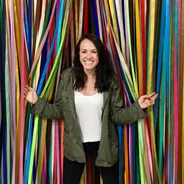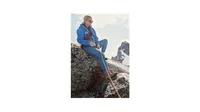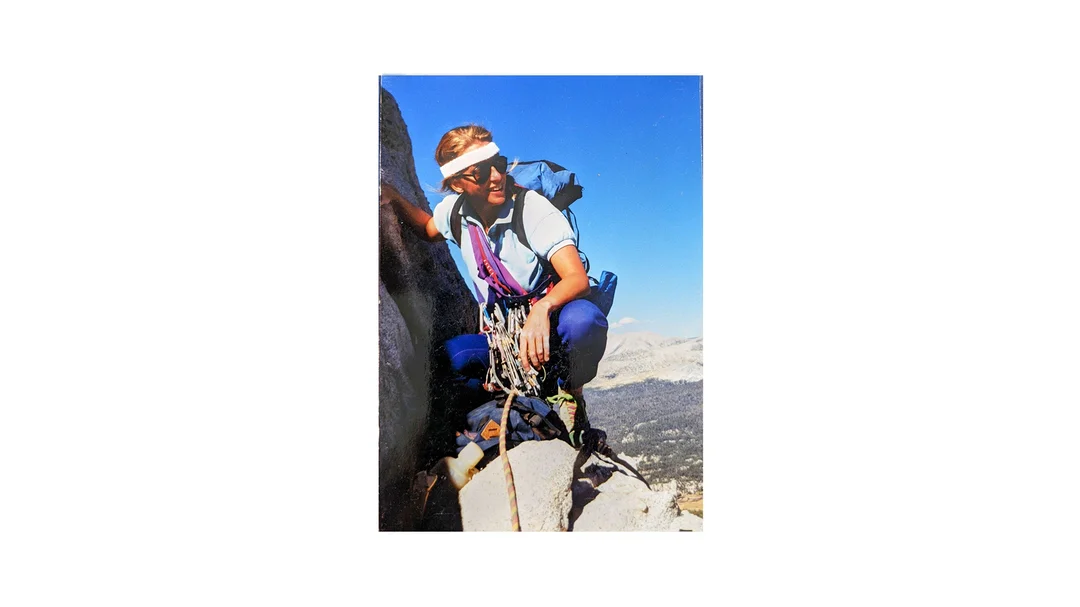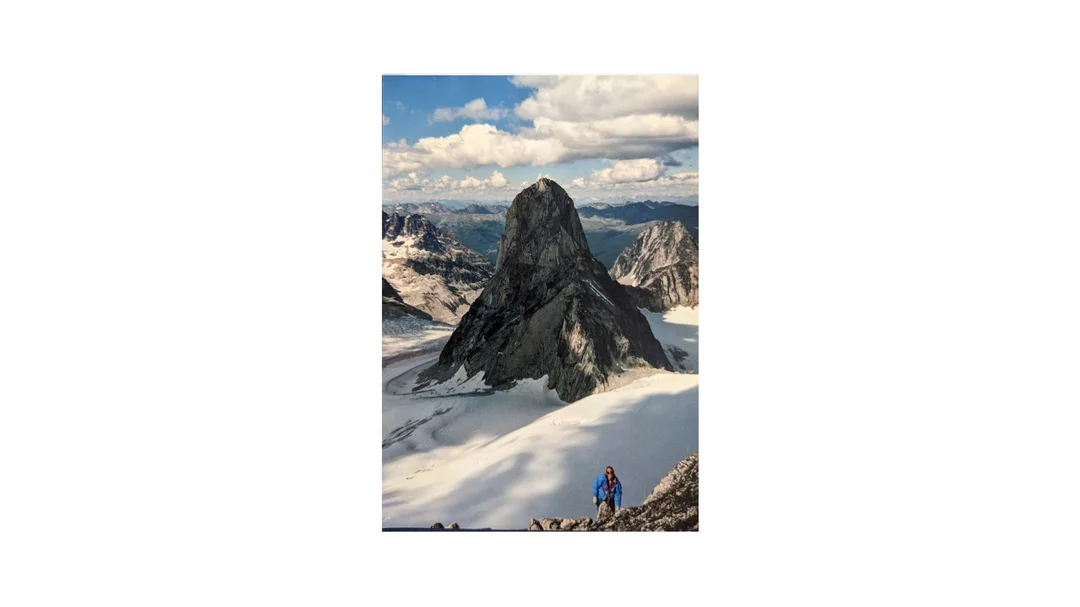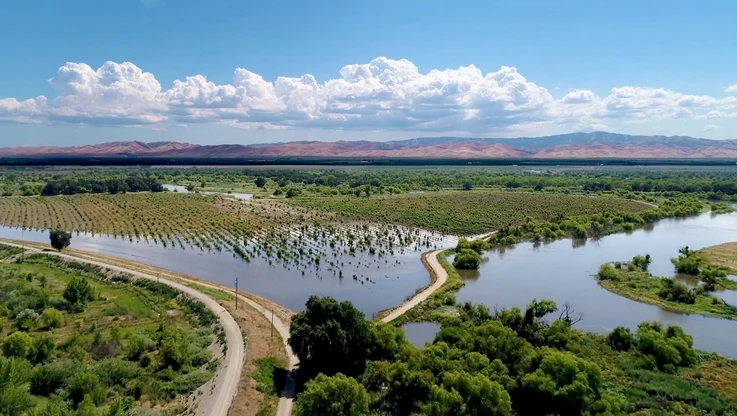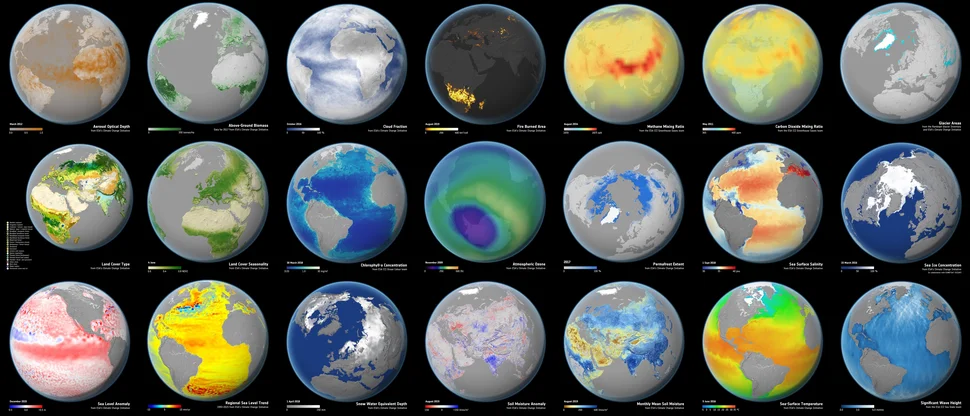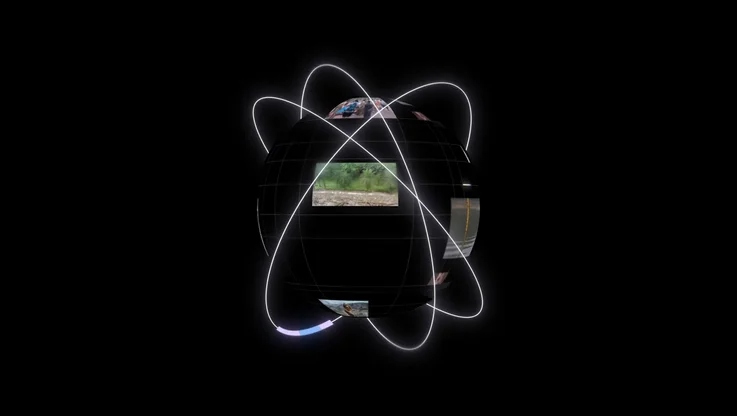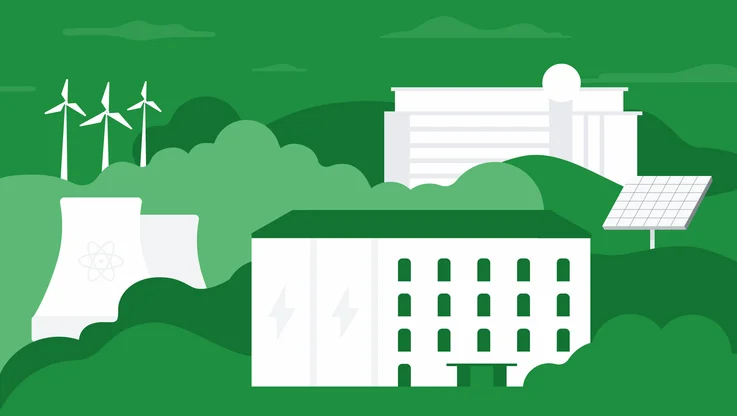Mountaineering to Maps: Rebecca Moore’s fight for the planet
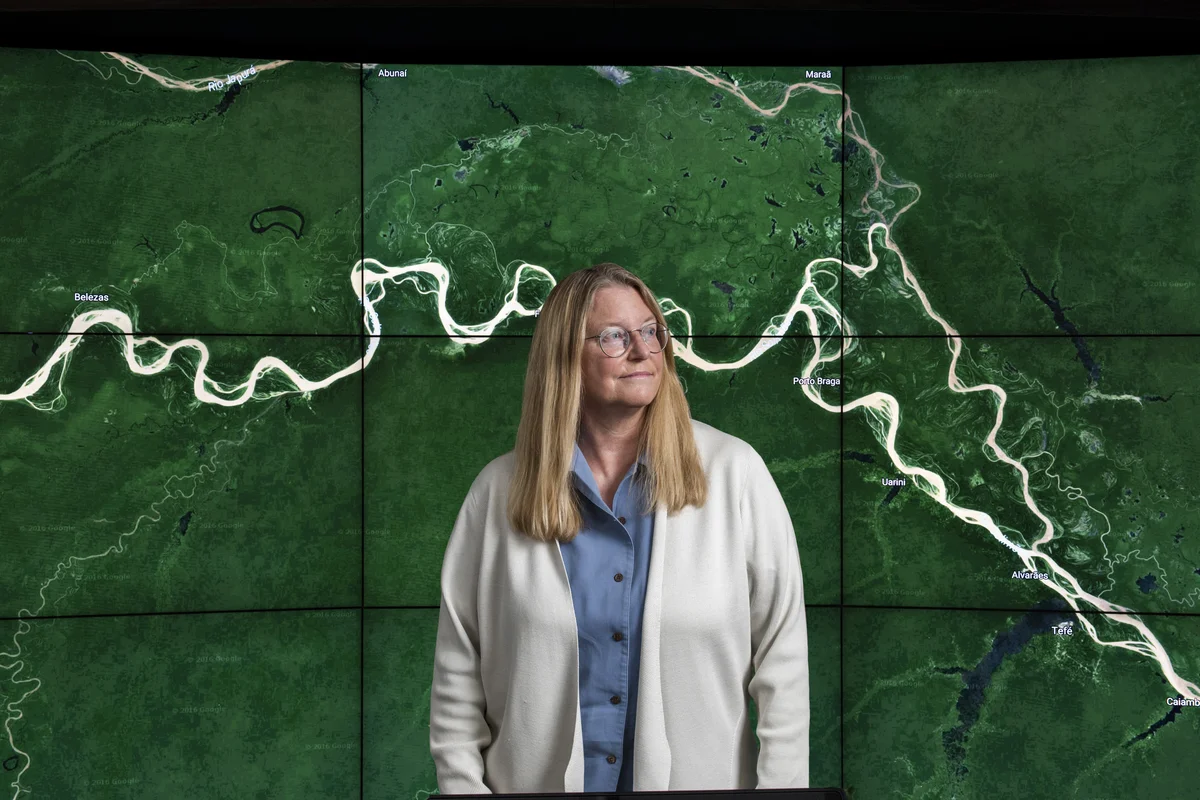
Rebecca Moore lives in the Santa Cruz Mountains, a series of peaks in Northern California where the ocean and redwoods collide. Living there, amongst the trees, she turned to mapping as a way to protect the planet.
When a logging project was proposed in her community, she used Google Earth to show everyone how the plans would affect their daily lives and, more importantly, endanger the precious ecosystem surrounding them. The logging plan was denied and that redwood forest is now being considered for permanent protection as public open space.
“In a way, technology and digital mapping can give nature a voice — it puts it on the map and helps it defend itself,” Rebecca says. “Seeing facts on a map quickly squashes debate and dispels misconceptions.”
For the past 15 years, Rebecca has led the Google Earth, Earth Engine and Outreach team. Their goal is to create a digital replica of the planet and put it into hands everywhere. They’ve mapped everything from endangered animal populations and fisheries to CO2 emissions and wildfires. We talked with Rebecca about why she thinks maps are so powerful and how she finds it in herself to tackle hard problems, like climate change.
What does your team at Google do?
Our goal is to organize all of the planet’s information and make it accessible, understandable and actionable. For example, Google Earth Engine helps us take the flood of environmental information from things like satellite imagery and weather data, and turn it into something that anyone can understand and take action on. And our Google Earth Outreach program helps nonprofits, communities and indigenous peoples around the world use our mapping tools to solve whatever problems they’re tackling.
What makes maps so powerful when it comes to protecting the planet?
The world is changing, but it’s hard to visualize it. If we can create a dynamic, digital replica of the real world and extract meaningful insights from it, then we can put it into the hands of people who can help protect and conserve the planet for generations to come.
For example, we’ve seen how putting this information into the hands of indigenous communities can help protect land that’s under threat. We worked with the Suruí, a tribe in the Amazon, to use Google Earth‘s mapping tools to stop illegal logging in their region.
Now, with Timelapse in Google Earth, anybody can fly over any region in the world and see decades of planetary change. When you see these changes with your own eyes, there’s what I call the digital overview effect — you become more emotional and more engaged.
How do you identify areas where Google can have the biggest impact?
I look for the hard problems that Google can make a dent in. Climate change is at the top of that list. It’s an existential threat, and we’re all experiencing the effects of rising temperatures: from droughts to wildfires to islands disappearing. There’s a sense of urgency that we have to act now.
Then I look for patterns. I've read voraciously over the past few years to understand what the world's best thinkers have identified as potential pathways to solving climate change. I look at how Google can uniquely contribute to those solutions.
When taking on big challenges, how do you stay motivated?
I was a rock climber and mountaineer for years — I even climbed in the Himalayas. When you climb a mountain, you don't actually see the summit from where you start. But you know if you head in a positive direction, eventually you’ll see it, and get there. And along the way, the little breakthroughs will motivate you. Same goes for making meaningful change to protect the planet.
Sometimes the best thing is to make a choice, commit and go forward. Stay attentive and mindful to what's happening along the way, and be prepared to make mid-course corrections. And stay patient, taking on big challenges — whether it’s climbing or climate change — is hard work and it takes time. Even when the summit (or your goal) feels far away, don’t forget to turn around and look back to appreciate how far you have come. That can be super-motivating, and applies to my work today.
You didn’t always work at the intersection of environment and technology. What put you on this path?
I studied computer science, and after school I just wanted a job that was intellectually challenging. It didn’t matter so much what it was for and what I worked on. That changed after my father, who was an attorney and argued a landmark civil rights case, and my brother, who was an artist and an activist, died within five months of each other. It hit me that we don’t live forever. It seems cliche, but I didn’t want to look back and think I frittered away with stuff that didn’t matter.
I needed that sense of urgency to stop what I was doing, leave my job and reinvent myself. I didn’t know what my next move was, and it took me three years to figure it out, but I was determined to find a way to bring my own talents to bear and work on things I cared about. I started small, helping protect the nature that surrounds my community in the Santa Cruz Mountains, and went from there.
